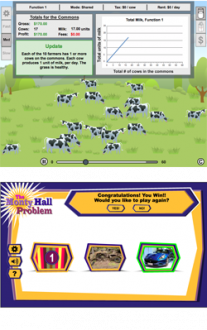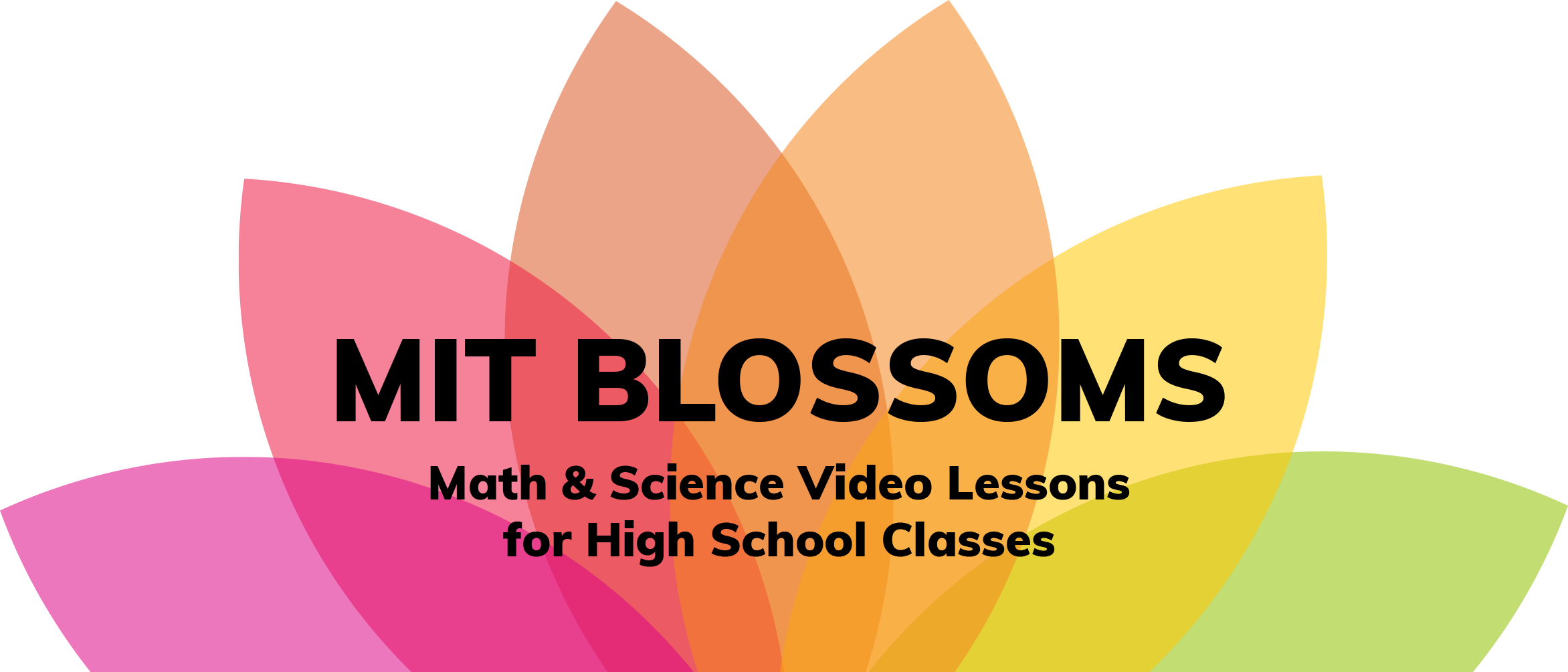
Tragedy of the Commons
Play this animated version of the Tragedy of the Commons. You can select any one of four different functions representing the ‘physics’ of the process, each depicting how larger numbers of cows affect grass and milk production. And you can try to incorporate taxes and land rents to try to stop the progression to a tragedy.
This animation allows students to explore the Tragedy of the Commons problem in depth, most likely at home on a computer.
The Monty Hall Problem or How to Outsmart a Game Show and Win a Car
Do a music-filled, fun-filled on-line aniamted version of the Monte Hall Problem. You can select 3 or 6 doors. And if it’s 6 doors, you can select the number that you want to be opened before you are asked to stay or switch. You can play this game one time, of you can set it up with your strategy to run 10, 100 or even 1,000 times – all very quickly. You learn that with larger sample sizes, the statistical results converge to the theoretical probability results.
This animation allows students to explore the Monty Hall problem in depth, most likely at home on a computer.
Flu Math Games
Play the flu simulation on the computer — in fully animated format — and see how different mathematical modeling assumptions affect the number of students who become infected with flu. Each assumption applies to a different type of human behavior. Positive behavioral changes can reduce the number of students who become infected. You can easily repeat the experiment many times to obtain statistically stable results.
- Simulation 1: Exponential Growth, Sampling without Replacement
- Simulation 2: Sampling with Replacement
- Simulation 3: Super Spreaders
- Simulation 4: R0 =1.5
- Simulation 5: Initial Immunity
- Simulation 6: Statistical Flu Spread Simulation Too
Is Bigger Better? A Look at a Selection Bias that Is All Around Us
Use this animated simulation to study curbside queueing of people who are waiting for the next bus to arrive. See how the curbside delays are affected by the randomness of bus arrivals.
View animated simulation of buses arriving and passengers waiting for them.
The Broken Stick Experiment: Triangles, Random Numbers and Probability
Animated experiments "Ruler Report without Random" Create random numbers for the ruler by selecting two cards that are face-down, and watch to learn if a triangle can be formed. You can save results and see if your accumulated results tend to converge to your probability caculations.

